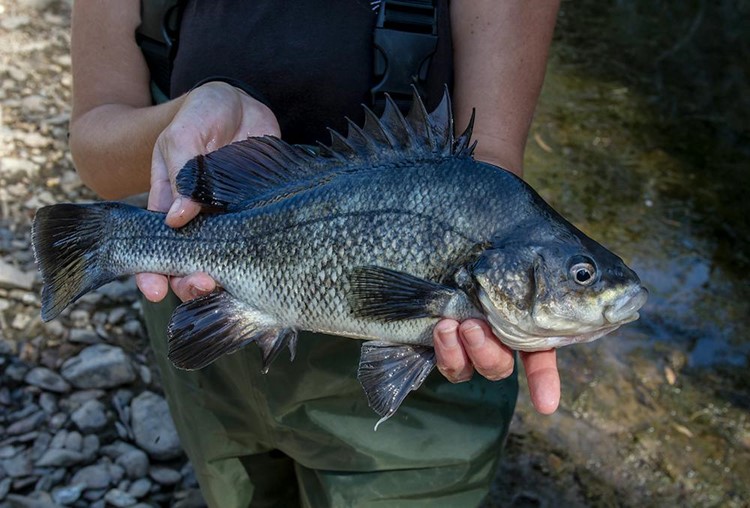
From January 16 a three-month Section 8 fishing closure under the Fisheries Management Act 1994 (FMA) is in place in the Central Tablelands Region, in sections of the Winburndale Rivulet and its upstream tributaries, including Winburndale Dam.
During the closure, fishing by any method is prohibited, in the following waters located to the northeast of Bathurst, specifically:
Winburndale Dam, sections of Winburndale Rivulet and its tributaries (the Gulf Stream, Mitchells Creek, Lagoon Creek, McCanns Gully, Kirkconnell Creek, Bull Gully, Scotts Creek, Bobs Creek, Tindales Flat Creek, Roundbody Gully and Black Spring Gully), and the section of the Winburndale Rivulet from the Winburndale Dam wall at 33.38972222°S 149.77694444°E to 800 metres downstream from that dam wall at 33.38916667°S 149.76833333°E.
NSW Department of Primary Industries (NSW DPI) Program Leader, Habitat & Threatened Species Sam Davis said the closure was put in place as a precaution to reduce the risk of potential spread of epizootic haematopoietic necrosis virus (EHNV) and to help preserve an important Macquarie Perch population.
An important population of Macquarie Perch, part of a joint recovery program with NSW DPI and stakeholder groups, are located in a sub catchment near the outbreaks.
"We know that EHNV has caused Redfin Perch deaths in Lake Wallace, Oberon Dam, Lake Burrendong and Waratah Dam in Orange," Ms Davis said.
"Macquarie Perch are extremely susceptible to the EHNV, so it's important we take all the necessary precautions in order to protect this endangered native species.
"While Macquarie Perch are vulnerable to this virus, importantly the virus is no threat to human health.
"The temporary three-month Section 8 closure to the Winburndale catchment will limit the potential of human vectors being involved in the spread of EHNV."
Recreational Fishing NSW Advisory Council representative for North West Inland Matt Hansen said the temporary closure was to seek further protection for the endangered Macquarie Perch population in the Central Tablelands region.
"An incredible amount of work has been undertaken by NSW DPI and numerous volunteer stakeholder groups in the region to support the recovery of this important population of endangered Macquarie Perch," Mr Hansen said.
"Any protective measure that can be put in place should be done so, as the population heads towards breeding size, maturity and natural recruitment."
For areas not subject to fishing closures, fishers can help reduce the spread of EHNV by making cleaning part of their routine by washing and completely drying vessels and niche areas, including live wells, water inlets and outlets and anchor wells, trailers and fishing gear after use, particularly before moving to new waterways.
Fishers are reminded that possession of live Redfin Perch is illegal in NSW, and that use of Redfin as bait in any NSW inland waterway is illegal.
EHNV is listed as a notifiable matter under Schedule 1 of the Biosecurity Regulation 2017. This means it is illegal to buy, sell or move the disease or infected fish. It is required by law to report any sign of EHNV






